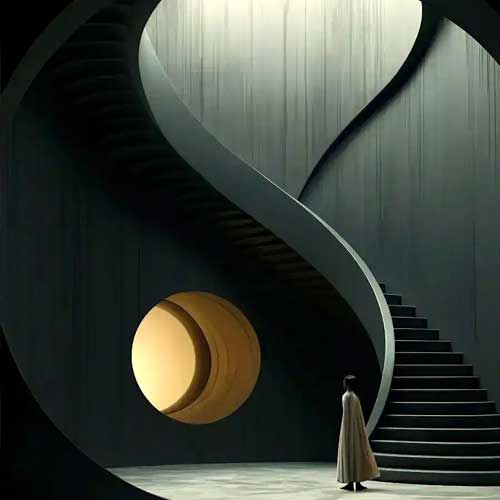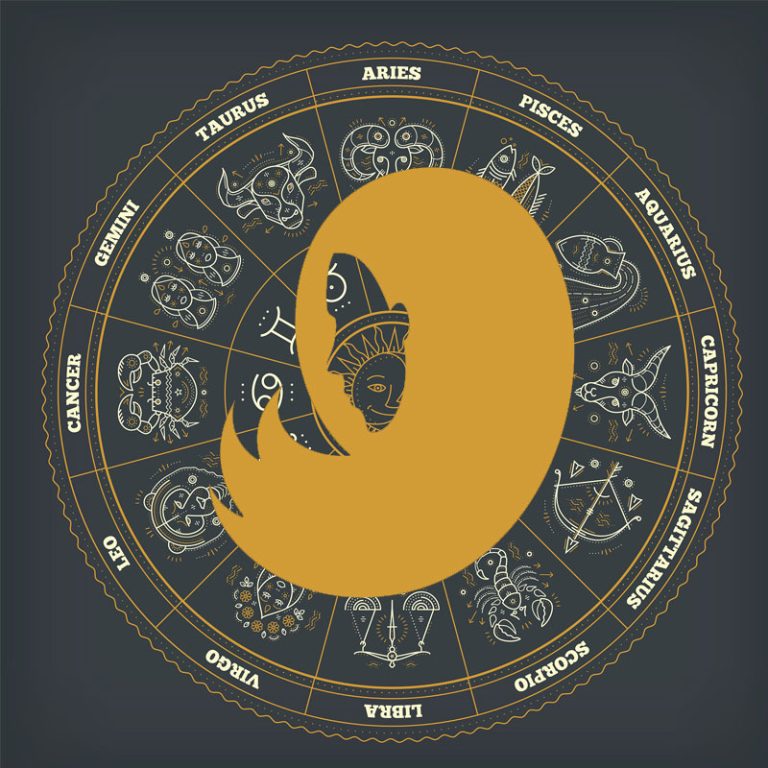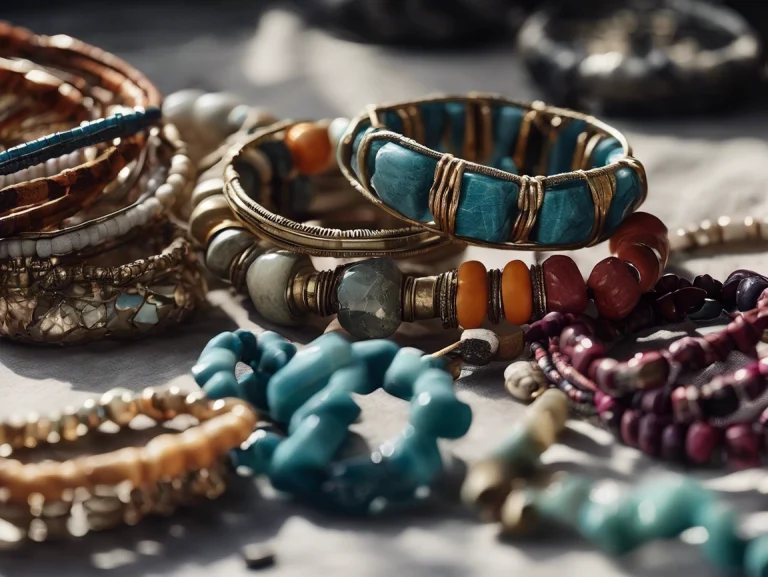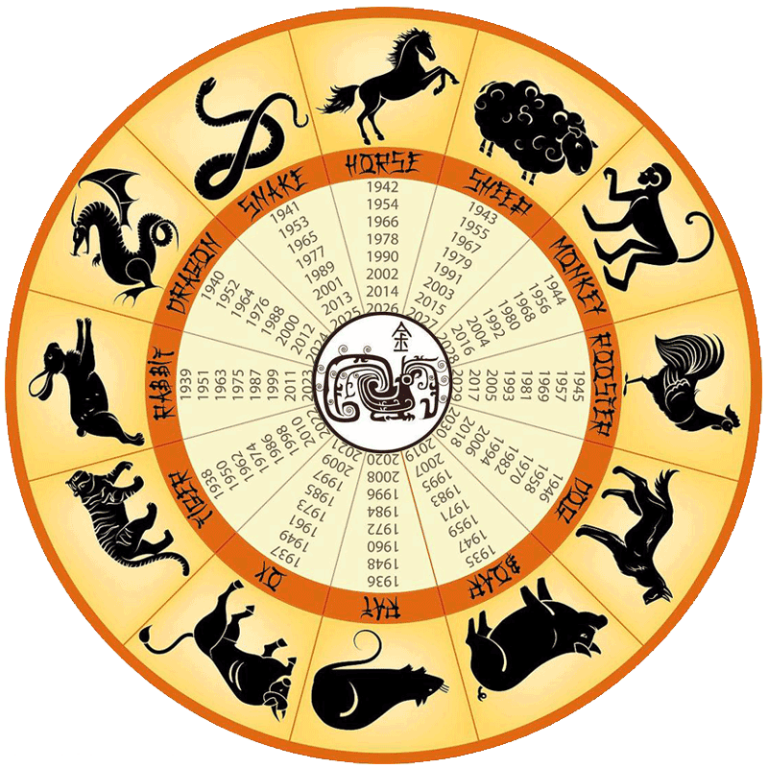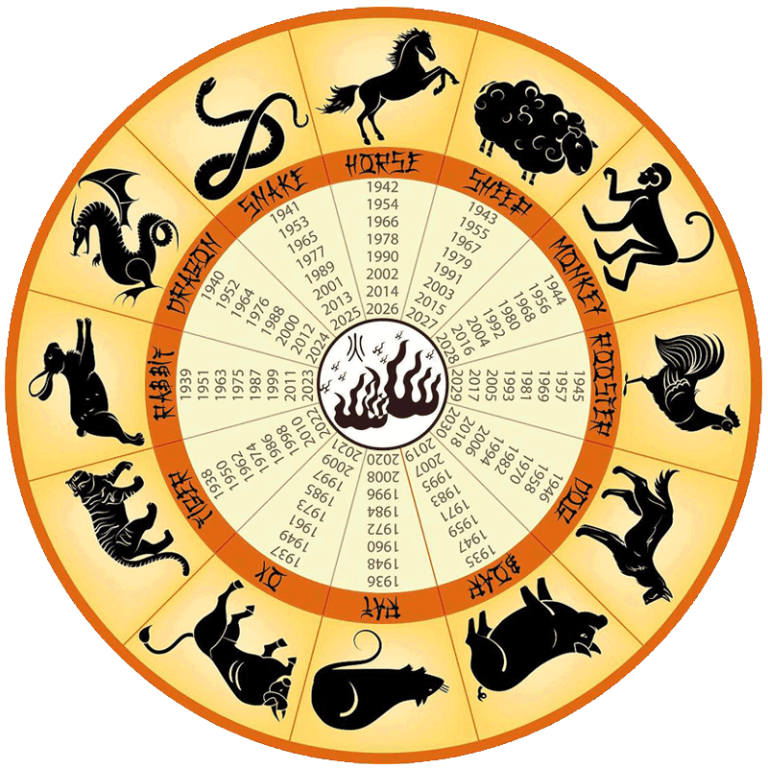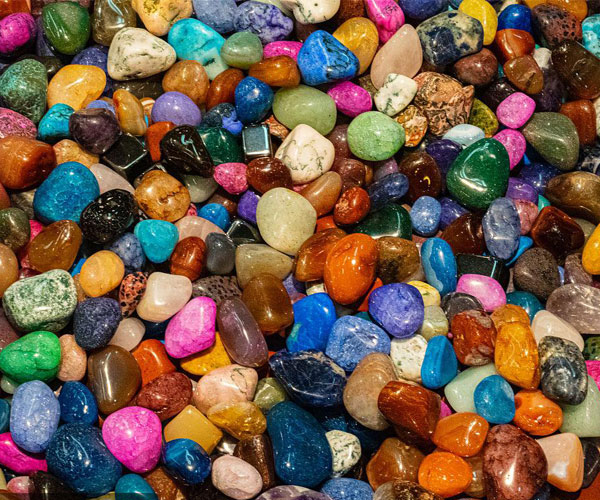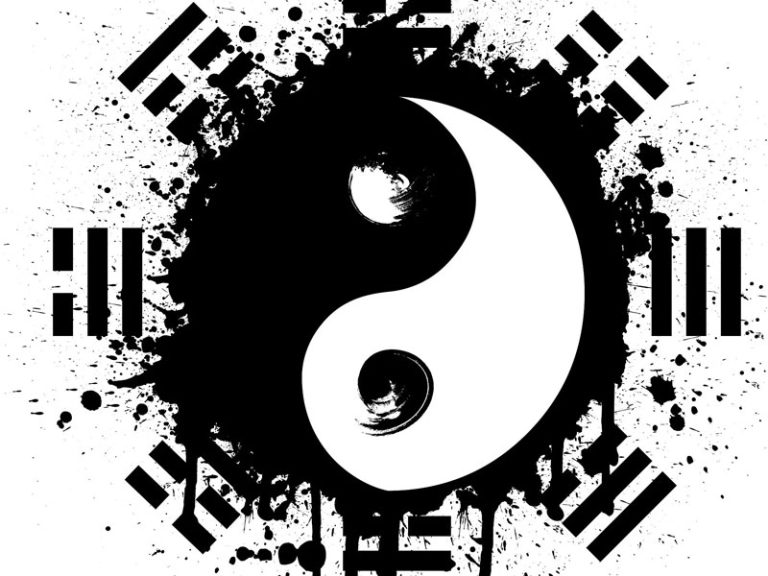1. The Rise of “Science-Meets-Spirituality” Jewelry
In 2025, energy bracelets have evolved from New Age curiosities to mainstream fashion accessories in Europe and North America. The trend is fueled by Gen Z’s demand for functional aesthetics—pieces that blend lab-tested minerals (e.g., shungite for EMF shielding) with minimalist designs. Notably, brands like Soulful Stones market bracelets with “frequency-tuned” crystals, citing MIT studies on vibrational resonance (despite limited peer review).
2. Key Drivers of Popularity
- TikTok Alchemy: Hashtags like #CrystalHacking (3.2B views) reframe crystals as “self-care tech,” with viral demos showing how black tourmaline “neutralizes smartphone radiation.”
- Celebrity Endorsements: Beyoncé’s 2024 Grammy’s lapis lazuli bracelet sparked a 450% spike in searches for “anxiety-relief gems.”
- Modular Customization: Brands like Energi sell stackable magnetic beads, allowing wearers to “program” combinations (e.g., amethyst + clear quartz for “mental clarity”).
3. Top 2025 Products
- Biohacker’s Bracelet ($120): Combines orgone-infused metals with a built-in step tracker (marketed as “energy armor”).
- Charged Water Bottle Set ($65): Includes a rose quartz-infused bottle and “electrolyte activation” drops.
- NFT-Enabled Bracelets: Startups like AuraChain link physical bracelets to digital “energy passports.”
4. Skepticism & Counter-Trends
While sales boom, critics label claims as “pseudoscience.” In response, brands now use blockchain mineral tracing to prove ethical sourcing—a tactic that boosted Sephora’s crystal line by 70%.
5. The Future: Beyond “Woo-Woo”
Expect 2026 trends to merge biometric sensors (e.g., stress-level monitors) with crystal aesthetics, distancing from mystic stereotypes while retaining the “healing” appeal.

